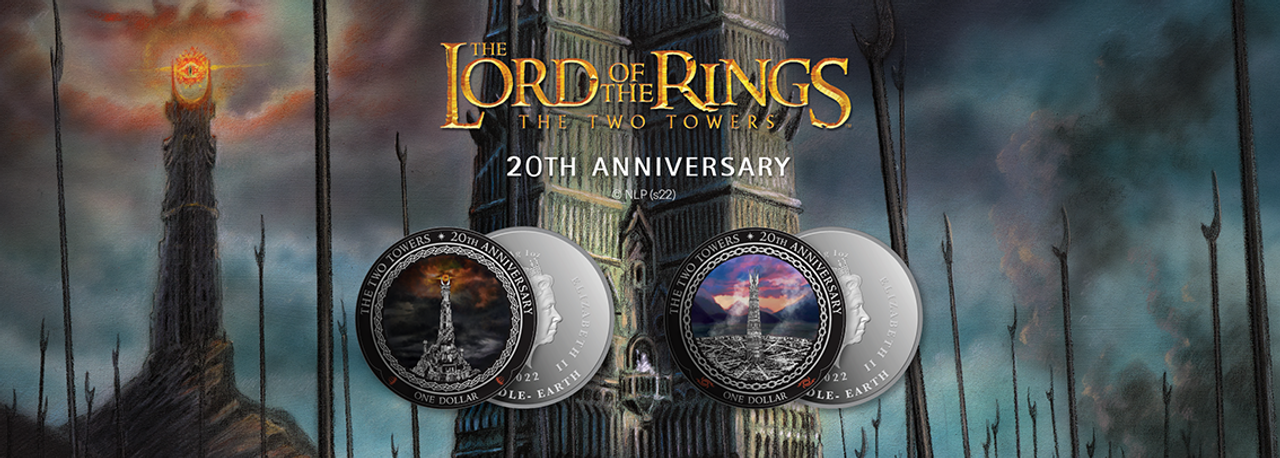After 12 long months of eagerly anticipating part two of the trilogy, in late December 2002 fans were rewarded with the release of The Lord of the Rings: The Two Towers. After the unbridled success of The Fellowship of the Ring, which was nominated for 13 Academy Awards, the second instalment had a tough act to follow. Nevertheless, the enthusiastic audiences for the sequel ensured it was not only the highest grossing film of that year but, at the time of its release, the third-highest grossing film of all time.
The principal photography for all three The Lord of the Rings films took place in New Zealand from 11 October 1999 to 22 December 2000. New Zealand’s mountains, rivers, forests, fields and plains all played a part, and vast studio sets stood in for the more fantastical environments required to build the world of Middle-earth. Weta Digital, the creator of visual effects for the trilogy, doubled its staff for the vast post-production requirements presented by The Two Towers, with challenges that included a large-scale battle scene and the digital rendering of a speaking character.
Thousands of everyday New Zealanders played a part in contributing to this film – from a stadium full of cricket spectators recording an Uruk-hai war cry, to local equestrians riding their horses as extras in the plains of Rohan. Most Kiwis will recognise at least one place as their New Zealand, whether it’s a favourite walking spot near their home or a family holiday destination. The Two Towers is part of a larger legacy left by the trilogy, which gave countless New Zealanders unique experiences, memories to cherish and stories to tell for generations to come.
Take a look at our commemorative stamps also available for this issue. Click here.
